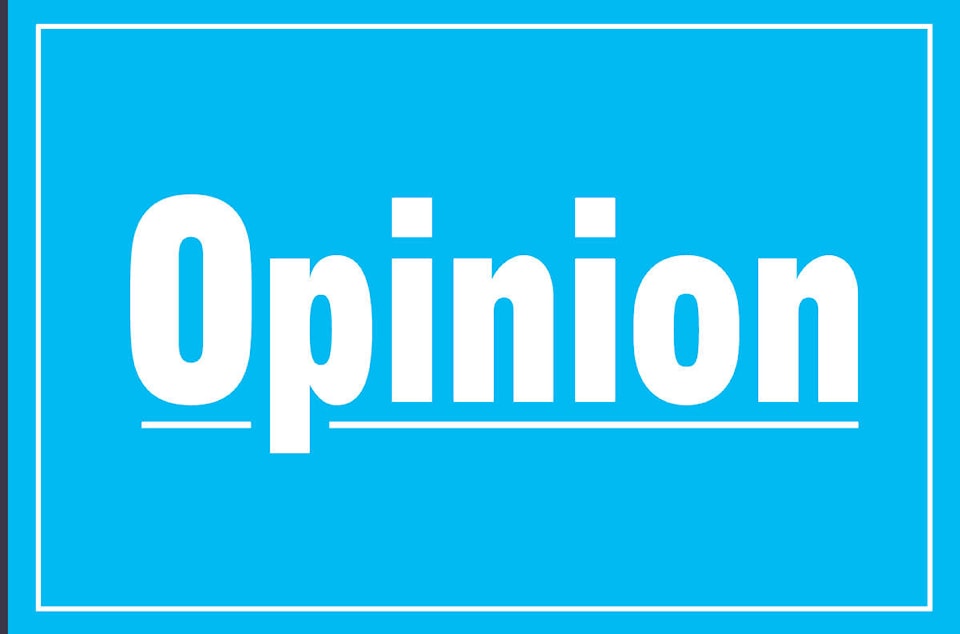As Canadians prepare to enter the New Year they are bringing with them their high levels of debt.
Figures from Statistics Canada show that Canadian household debt levels have reached a record high of 168.4. This means that the average household owes $168 for every $100 of income.
While households continue to take on more debt a report from the Fraser Institute says Canadians have been inundated with stories about concerns over household debt but the whole issue is perhaps being overblown a little.
“These concerns can be seen to be overblown once we properly account for the other side of the balance sheet,” the report says. “Canadian households have taken on more debt over time but they used this debt to finance assets – real estate for example – that are appreciating over time, causing their net worth to grow, also to unprecedented levels.”
Canadian household debt now is greater than $2 trillion. Two thirds of this is for mortgages with the remaining one third split between consumer credit (29 per cent) and other loans (five per cent.)
This does not necessarily mean that Canadians are being irresponsible with their debt. The growth in household debt growth can be seen as a rational response to low interest rates.
“As the cost of borrowing has dropped, Canadian households have borrowed more,” the report says. “The drop in interest rates has reduced the burden of servicing debt: interest payments on household debt now consume six per cent of disposable income compared to almost 11 per cent in 1990s.”
While household debt has risen substantially, households are borrowing to invest in appreciating assets such as real estate, pensions, financial investments and businesses. As a result Canadian household assets have risen to $12.3 trillion in 2016 from $2.2 trillion in 1990 and household net worth – total assets minus liabilities – has surged to $10.3 trillion from $1.8 trillion during the same period.
“In the end, debt is a tool and the concern should not with debt per se but with debt that is not manageable given the economic conditions facing the household,” the report says. “The greatest risks to the management of household debt are economic shocks that lead to job losses that make debt servicing problematic or increases in the interest rate that raise debt servicing costs.”
A recent report from the Canadian Payroll Association has shown that almost half of Canadians are living from paycheque to paycheque and are walking a financial tightrope.
Forty seven per cent say it would be difficult to meet their financial obligations if their paycheque was delayed by only a week, 41 per cent say they spend more than or all of their net pay and 35 per cent admit to feeling overwhelmed by their debt to some degree.
A lot of Canadians could be in financial difficulty if their mortgage and other costs were to rise because of rising interest rates.
“If they are heavily mortgaged, as rates rise prices can decline,” says Doug Jones, president of BDO Canada Ltd. “They could end up having less or even no equity and may not be able to refinance when the time comes. As rates rise we are going to see a lot more people with serious financial concerns.”
Jones says people with heavy debt loads need to fundamentally change their lifestyles, develop a financial plan, prepare a budget and stick to it.
Financial organizations like BDO have resources to help people with budgeting but many Canadians still end up trying to manage their debt situation themselves. Polls show that only 49 per cent will seek the advice of professional to help them with their problem.
It’s important to see a professional and get the right advice and a plan that works for you and your particular circumstances. People have to get on track to budget, reduce debt and formulate a plan.
Talbot Boggs is a Toronto-based business communications professional who has worked with national news organizations, magazines and corporations in the finance, retail, manufacturing and other industrial sectors.
